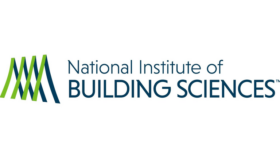The National Institute of Building Sciences (NIBS) Multihazard Mitigation Council (MMC) wanted to update and expand its landmark 2005 Mitigation Saves Study to incorporate new science, data and other important considerations in the decade following that study. Toward that end, NIBS developed a team of dozens of experts in multiple disciplines including engineering, earth science, economics, social science, geospatial science, and others capable of analyzing aspects of the study related to riverine floods, hurricane surge and wind, earthquakes and wildland-urban interface fire.
The Polis Center supported analysis associated with riverine floods.
The goal of the Institute’s project team was to not only update the report to cover the period since the 2005 Mitigation Saves Study—which showed an average savings of $4 for every $1 spent on hazard mitigation–but also to analyze the effectiveness of federal mitigation grant and loan spending from FEMA as well as other selected federal agencies and to quantify benefits and costs of building beyond required building code requirements.
Findings from the Polis supported update of the Mitigation Saves study were released in 2017. Since that time, NIBS has continued to build on this research to incorporate mitigation research on utilities and transportation infrastructure and adopting common code requirements. The most recent report update, 2019 Natural Hazard Mitigation Saves, can be viewed at https://www.nibs.org/projects/natural-hazard-mitigation-saves-2019-report.
To learn more, contact Kevin Mickey.



